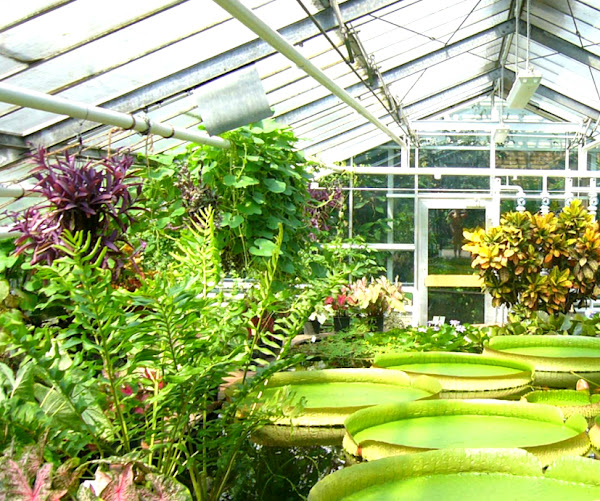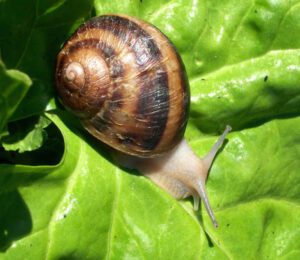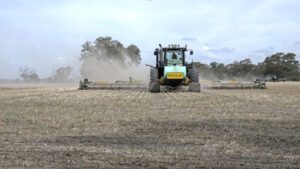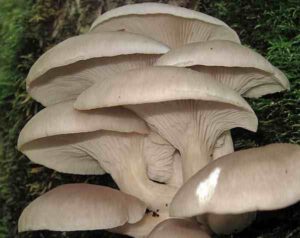Greenhouse farming is a popular practice in some countries around the world. Actually, greenhouse is a structure with walls and roof made chiefly of transparent material, such as glass, in which plants requiring regulated climatic conditions for growth. Greenhouse structures range in size from small sheds to industrial-sized buildings. The miniature or small greenhouse is known as a cold frame.
The interior of a greenhouse exposed to sunlight becomes significantly warmer than the external temperature, protecting it’s contents in cold weather. In the developed countries there are many commercial glass greenhouses with high tech production facilities for vegetables, flowers or fruits.
In the glass greenhouse farming system, the greenhouses are filled with equipment including screening installations, heating, cooling, lighting and may be controlled by a computer to optimize the conditions for maximum plant growth.
Different techniques are then used to evaluate optimality degrees and comfort ratio of greenhouses, such as air temperature, relative humidity and vapor-pressure deficit, in order to reduce production risk prior to cultivation of a specific crop.
Advantages of Greenhouse Farming
Commercial or large scale greenhouse farming business in becoming popular rapidly, mainly due to it’s numerous advantages. Here we are trying to describe the top advantages of greenhouse farming.
- In a greenhouse, the crop cultivation can be done under a controlled environment.
- You can produce any vegetable or fruit of your choice throughout the year to meet the market demand.
- You can grow some vegetables or fruits before it’s actual growing season. And thus you can make very good profits by selling the products earlier in the growing season.
- Greenhouse farming system provides an excellent opportunity to grow very high quality crops for export market.
- If you have limited land available for farming, then greenhouse can be a good option for you.
- Greenhouse provides successful vegetative or seeds propagation in nurseries.
- You can get very high yield in a limited land.
- Commercial greenhouse farming can be a great employment source for the unemployed people, especially for the educated but unemployed people.
- Commercial greenhouse farming is highly profitable. You can make good profits from commercial production.
Types of Greenhouse
Greenhouses are of different types based on their covering material, costs, shape & structure and environmental control. Here we are trying to describe about all these types.

Covering Materials
Based upon the covering materials the greenhouses are of 3 types.
- Polyhouse
- Fiber-reinforced plastic house and
- Glasshouse
Environmental Control
Based upon environmental control the greenhouses are also of 3 types.
- High-tech greenhouses
- Evaporatively cooled greenhouse and
- Naturally ventilated greenhouses
Shape & Structure
The greenhouses are of 7 types based upon their shape and structure.
- Gable
- Gothic arch
- Lean-to
- Even span
- Single span
- Quonset
- Double span/multi span
Types of Greenhouses Based on Costs
The types of greenhouses are many depending on total costs.
- Low cost
- Medium cost and
- High cost
Types of Operation
The warmer temperature in a greenhouse occurs because incident solar radiation passes through the transparent roof and walls and is absorbed by the floor, earth and contents which become warmer.
And as the structure is not open to the atmosphere, the warmed air can’t escape via convection, and as a result the temperature inside the greenhouse rises.
Ventilation
Ventilation is one of the most important components in a successful greenhouse farming practice. The growing plants inside the greenhouse can become prone to problems, if there is no proper ventilation.
Regulating the temperature and humidity to the optimal level is the main purpose of ventilation. And a good ventilation system ensure the movement of air and thus prevent the build-up of plant pathogens.
Good ventilation system also ensures a supply of fresh air for photosynthesis and plant respiration, and may enable important pollinators to access the greenhouse crop.
Heating
Heating by using electricity is one of the most considerable costs in the operation of greenhouse farming throughout the globe (especially in colder climates).
Passive heating methods exist which seek heat using low energy input. Solar energy can be captured from periods of relative abundance (day time/summer), and released to boost the temperature during cooler periods (night time/winter).
Waste heat from livestock can also be used to heat greenhouses, e.g., placing a chicken coop inside a greenhouse recovers the heat generated by the chickens, which would otherwise be wasted. Some greenhouses also rely on geothermal heating.[1]
Cooling
In commercial greenhouse farming, cooling is generally done by opening windows in the greenhouse when it gets too warm for the plants inside it. It can be done either manually or in an automated manner.
Lighting
Light enters the greenhouse via the windows and is used by the plants during the day time. Some greenhouses are also equipped with grow lights which are switched on at night for increasing the amount of light the plants get. And it will help in increasing the yield with certain crops.
Site Selection For Greenhouse Farming
Selecting a suitable land/site is the most important part of successful greenhouse farming. Consider the following factors while selecting a site for greenhouse farming.
- The site should be well connected with roads and local markets.
- You should not choose and build a greenhouse in waterlogged areas.
- Try to avoid the areas with heavy winds. This will help to reduce wind damage.
- Ensure the selected area has very good drainage system (in case of heavy rains or floods).
- Don’t build a greenhouse near industry for preventing the crops from possible pollution effects.
- While selecting the site, ensure to have sufficient room for future site expansion.
- Ensure easy labor source in your selected area.
Environmental Control
Production or yield in greenhouse is much higher than the traditional production system. This is because the environment inside the greenhouse is controlled. You can control the environment inside the greenhouse by following different methods.
- You can control the environment by sprinkling water on the cover.
- You can provide natural ventilation by using ventilation nets and ridge openings.
- You can also provide mechanical ventilation by exhaust fans and mixing fans.
- You can use air conditioners for high-tech greenhouses for very high-value and high-demand crops.
- Shade nets or thermal screens can be used for shade control.
- Fan-pad cooling can be used in dry climates.
- You can also use overhead misting or fogging system.
Greenhouse Maintenance
Maintaining a greenhouse perfectly is very important for getting better crop yield and it is little expensive too. But don’t worry, you will get maximum yield and the profits are also high.
- Drip irrigation system is generally used in greenhouse farming system, and it require regular flushing and cleaning.
- Provide an insect-proof net to facilitate ventilation by keeping the inside greenhouse door open.
- UV stabilized insect nets over all vents and openings, Insect traps/biological control is a mandatory.
- Fertigation should be used for fertilizer application and irrigation in a greenhouse farming system.
- Fumigate the greenhouse and solarize the soil by mulching very year.
- Biofilm reduces the transmittance of covers because of the dust. So, the covers should be washed periodically.
- Replace the PE covers after every 5 years, because they lose their transmissivity within this time.
Subsidy Facility in Greenhouse Farming
Governments of some countries encourage greenhouse production system by providing subsidies. Contact your local horticulture department for more information about greenhouse subsidy.
Greenhouse vs Polyhouse
Polyhouse is one type of of greenhouse which is made out of polythylene. But greenhouse is a broad term and it can be made out of glass, fiber, polythylene etc.
Greenhouses allow for greater control over the growing environment of plants and as a result you can produce maximum crop yield. Depending upon the technical specification of a greenhouse, key factors which may be controlled include temperature, levels of light and shade, irrigation, fertilizer application, and atmospheric humidity.
Greenhouses may be used to overcome shortcomings in the growing qualities of a piece of land, such as a short growing season or poor light levels, and they can thereby improve food production in marginal environments. Shade houses are used specifically to provide shade in hot, dry climates.
However, greenhouse farming require lots of initial investment. But it is highly profitable, you will will be able to make very good profits from this system. Hope this guide has helped you! Good luck and may God bless you!






